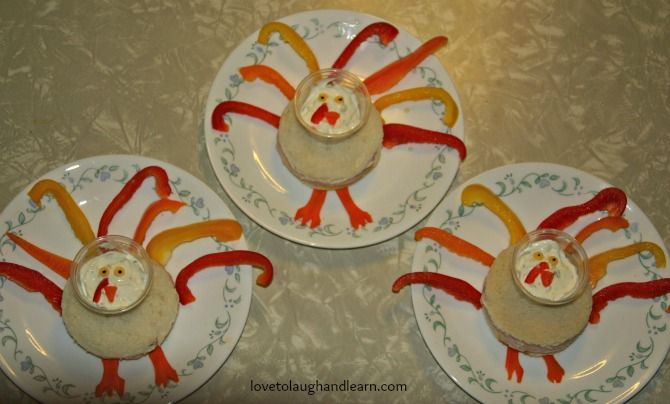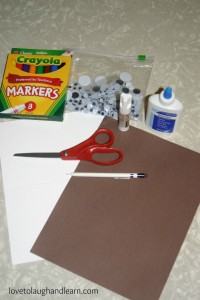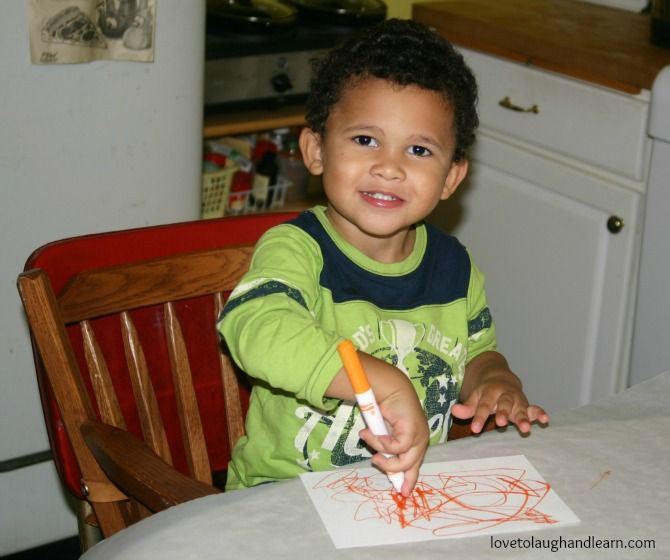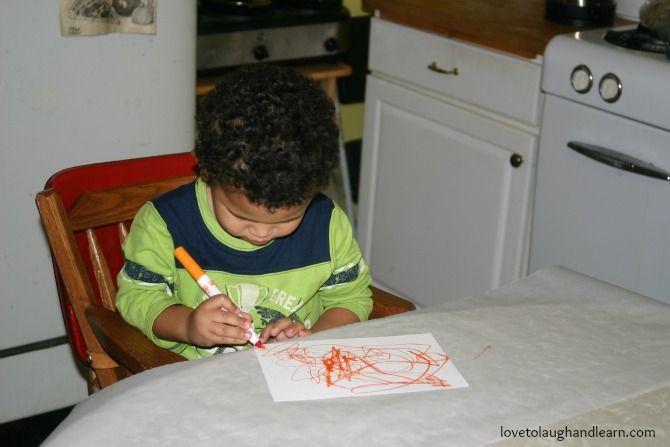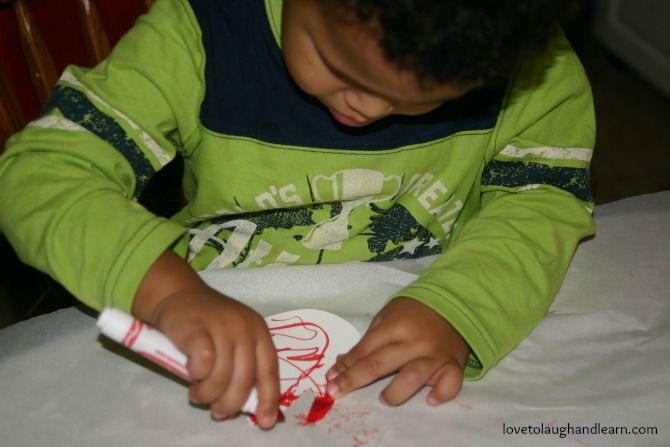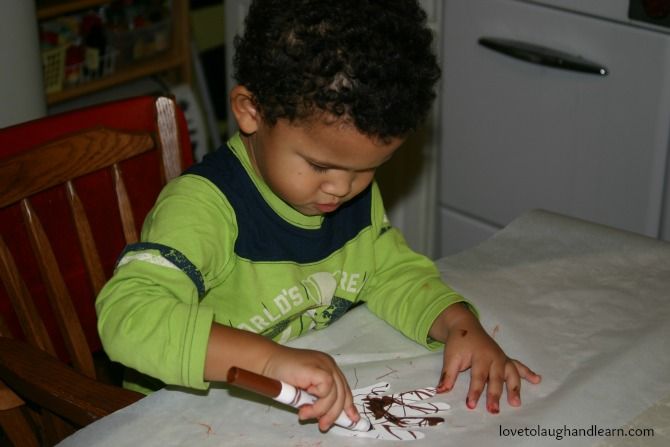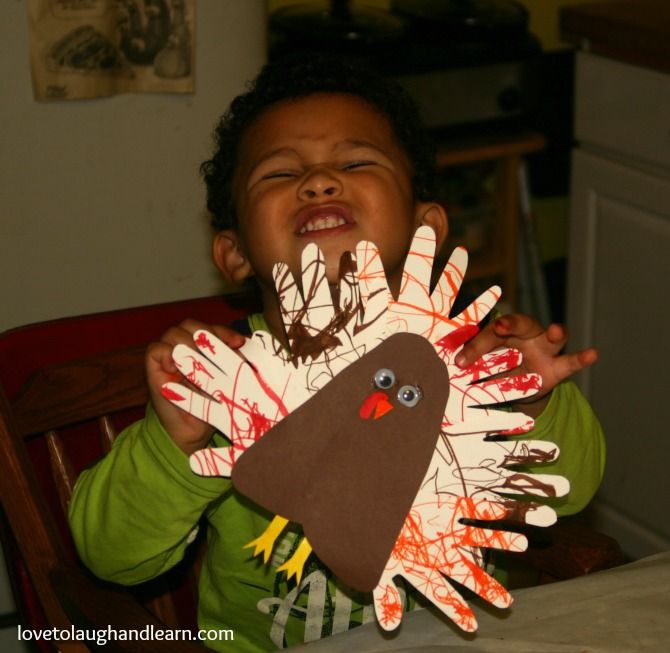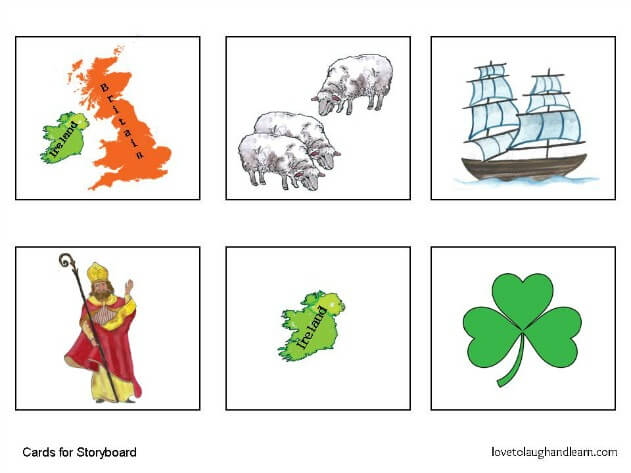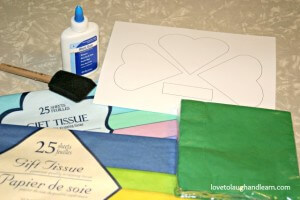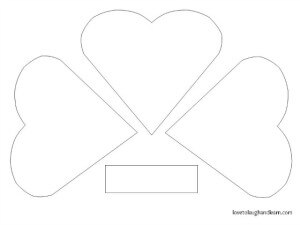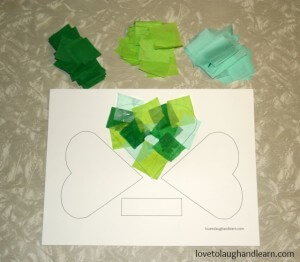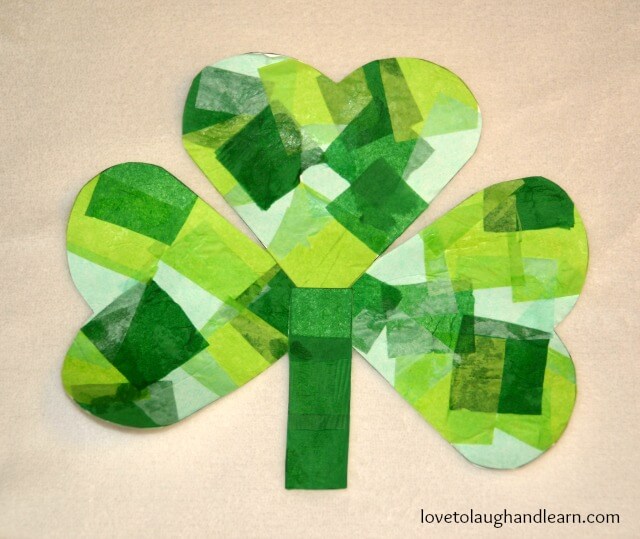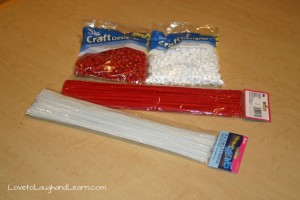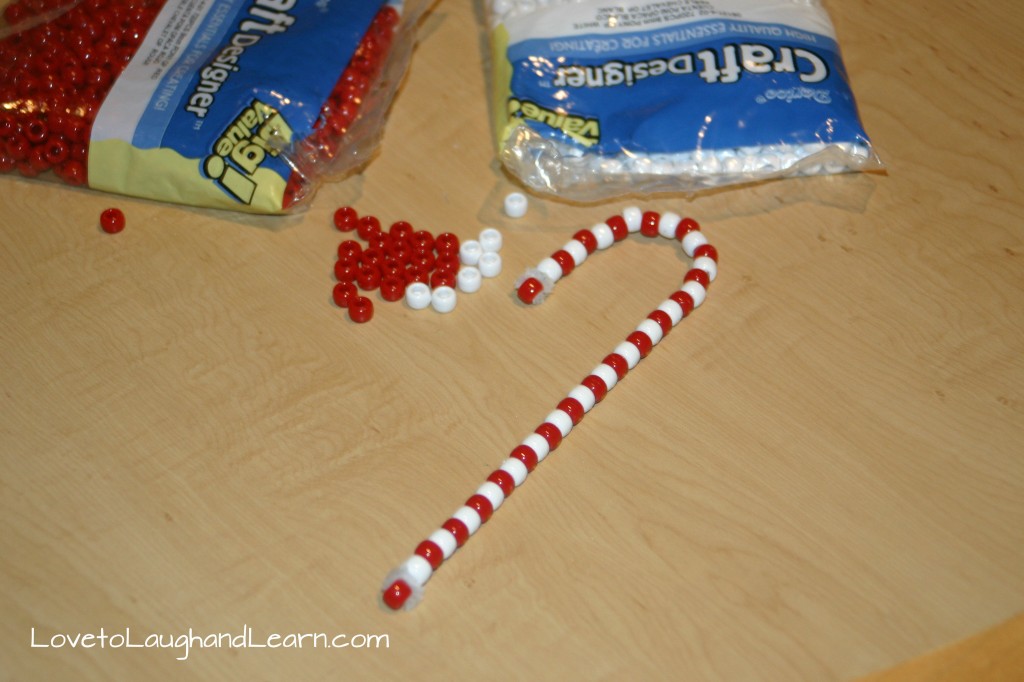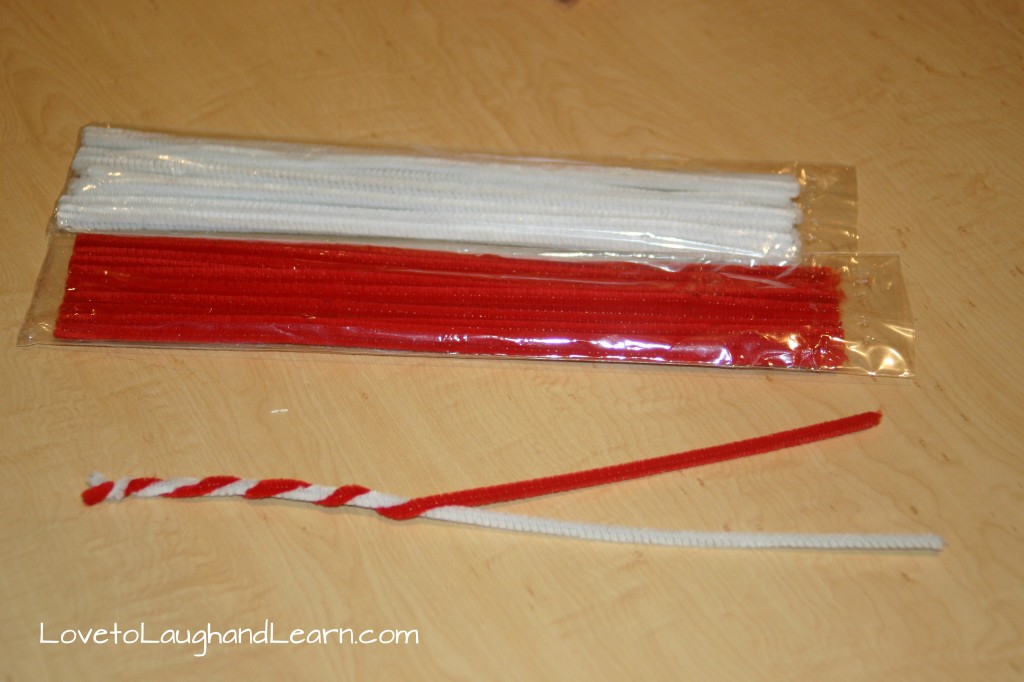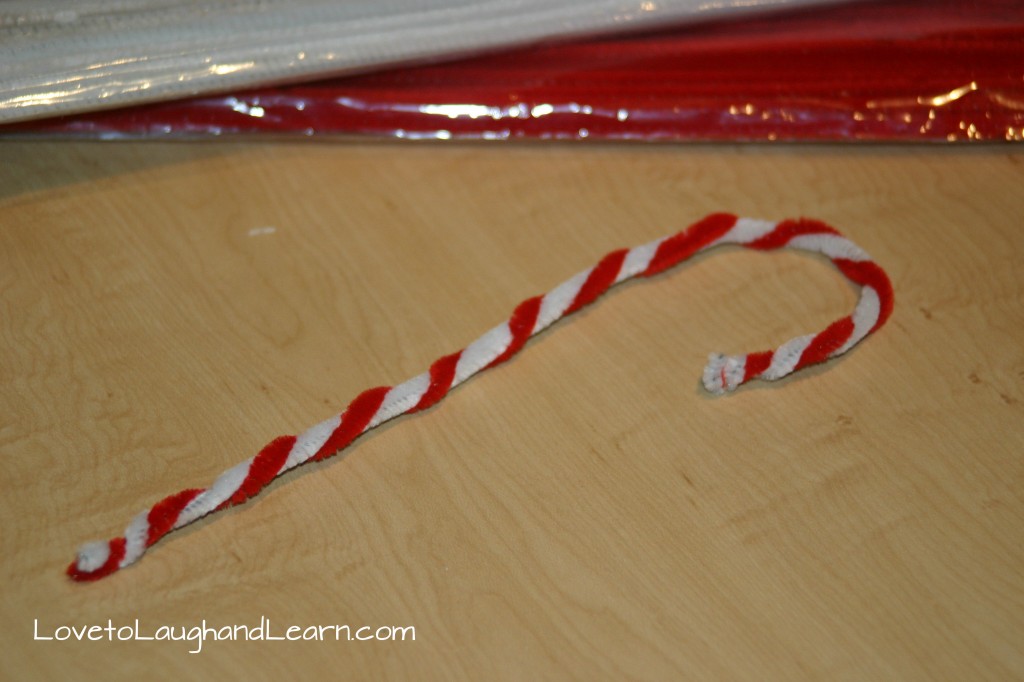The True Meaning of Christmas
As I stated in my post, The Santa Claus Debate, although we included Santa in our Christmas celebrations, he was not the center of our Christmas holiday. Teaching our children the spiritual meaning behind the season was what we focused on. My posts for December are going to include different symbols of Christmas and their spiritual meanings. I will include crafts and books that you can use to make the learning fun.
As I was doing research for my different lessons, I found this story and thought it summed everything up very well. If you are not including Santa in your Christmas celebrations you could easily tell this story without putting Santa in it. If you need help with that, just let me know and I could edit it for you.
This story would make a great object lesson too. Find a very small table-top tree and purchase the different items that are talked about. We have stores here in Indiana where you can buy things for just $1. You could find most of the items for this story at one of those stores. The children could then help out in the telling of the story by pulling the different items out of a bag and adding them to the tree.
Have fun celebrating this very special time of year with your children as you teach them the true meaning of Christmas.
Teach the Children the True Meaning of Christmas
One December night, many years ago, I had just finished decorating for Christmas when I heard a noise at the front of the house. I turned on the porch light and opened the door. To my surprise just as I stepped outside, I saw Santa Claus climbing out of his sleigh. He placed his fingers over his lips, silencing me before I cried out.
“What are you doing…” I started to ask…but the words choked up in my throat as I saw he had tears in his eyes. His usual jolly manner, the eager, boisterous soul we all know, was gone. He composed himself by clearing his throat, then answered me in a whisper. “Help teach the children.”
I was puzzled. What did he mean? He anticipated my question, and with one quick movement brought forth a miniature toy bag from behind the sleigh. As I stood there bewildered, Santa stated again but more firmly, “Teach the children. Teach them the true meaning of Christmas. The meaning that has long been forgotten.”
I invited him in to warm by the fire as I tried to tell him that I wasn’t sure if I knew what he meant… when Santa reached into the toy bag and pulled out a brilliant shiny star.
“Teach the children that the star is the heavenly sign of promise,” he said. “God sent a Savior to the world and the star was the sign of that promise being fulfilled. The countless shining stars in the heavens, one star for each person on earth, represents the hope of all mankind.”
Santa gently laid the star on the fireplace mantle and brought from the bag a bright red Christmas tree ornament.
“Teach the children that red is the first color of Christmas. It was first used by the faithful people to remind them of the blood that was shed for all the people by the Savior. Christ gave His life and shed His blood that every man might have God’s gift of Eternal Life. Red is deep, intense, and vivid — the richest color of all, and it is a symbol of the greatest gift from God.”
“Teach the children,” he said as he pulled a small Christmas tree from the bottom of the toy bag. He placed it near the fireplace and gently hung the red decoration on it.
“The deep green branches of this tree is a perfect background for this ornament. This is the second color of Christmas,” he continued. “The pure green color of this evergreen tree remains this color all year round. This represents the everlasting plan for mankind. Green is youthful, hopeful, and the abundant color of nature. The needles on the tree point heavenward — symbols of man’s prayers as they go toward heaven. Trees have been man’s best friends. They have sheltered him, warmed him, and made beauty for him.”
Again, he pulled something from his bag; I heard a soft tinkling sound of a bell.
“Teach the children,” he said, “that as the lost sheep are found by the sound of the bell, it should ring for every person too, that they might find their way back — it means guidance and return. It further signifies that all are precious in the eyes of the Lord.”
As the soft sound of the bell faded, Santa lit a candle and placed it on the mantel. The soft glow from its tiny flame cast a glow about the darkened room. Odd shadowy shapes slowly danced and wove pictures upon the walls.
“Teach the children,” whispered Santa, “that at one time candles were placed on Christmas trees. They glowed brightly against the dark green branches showing man’s appreciation for the star of Bethlehem of long ago. Now, strings of colored lights have taken their place in remembrance of Christ’s birth.”
Santa turned the small Christmas tree lights on and placed a gift under the tree.
He pointed to the bow and said, “A bow is placed on a present to remind us of the spirit of brotherhood of man. We should remember that the bow is tied as all of us should be tied together, with the bonds of good will toward each other. Good will forever is the message of the bow and the gift, a gift of love.”
Santa reached for a candy cane, and held it out towards me.
“Teach the children that the cane represents The Shepherd’s staff. The crook on the staff helps bring back sheep that have strayed away from the fold. The candy cane represents the sweetness of giving not only at Christmas time, but also throughout the entire year. The spiral design is a symbol that we are, our brother’s keepers.”
Santa looked about the room, then again at the tree. His love and great feeling of satisfaction shone from his eyes. He could not help but sense the wonderment and admiration that I felt for him in my heart.
One last time, he reached into his bag and brought forth a large beautiful wreath. As he placed it on the door he spoke gently with love, “Please teach the children that the wreath symbolizes the eternal nature of love: it never ceases, stops, or ends. It is one continuous circle that only grows greater and greater when expressed. The wreath, the circle of love, plays a double role. It is made of many things and has many colors. It reminds us of God’s unconditional love and the true reason for Christmas. Please teach the children.” (Author Unknown)
Related Posts:
The Santa Claus Debate
Christmas Angels to Laugh and Learn With
The Christmas Star
Love to Learn About the Nativity
Love to Learn the Meaning of Candy Canes for Christmas
Review – Christmas on Monument Circle, Indianapolis

